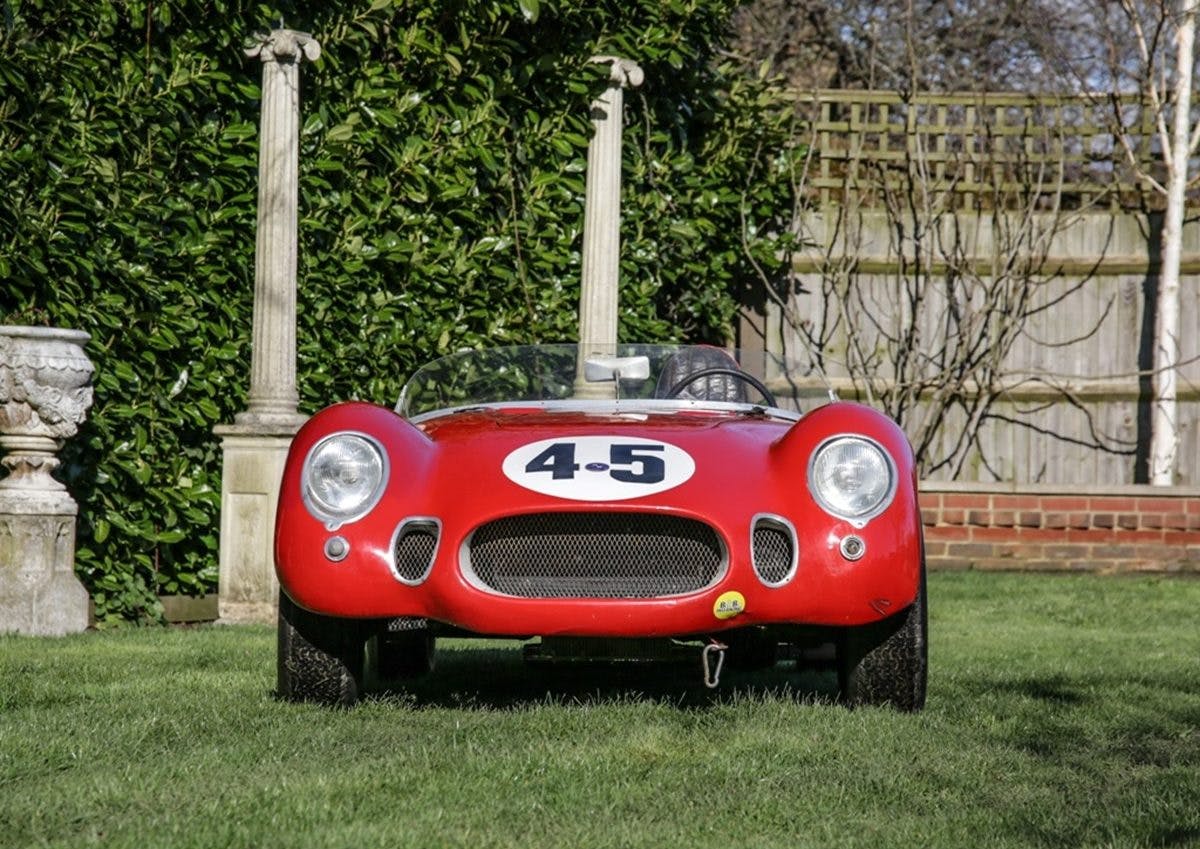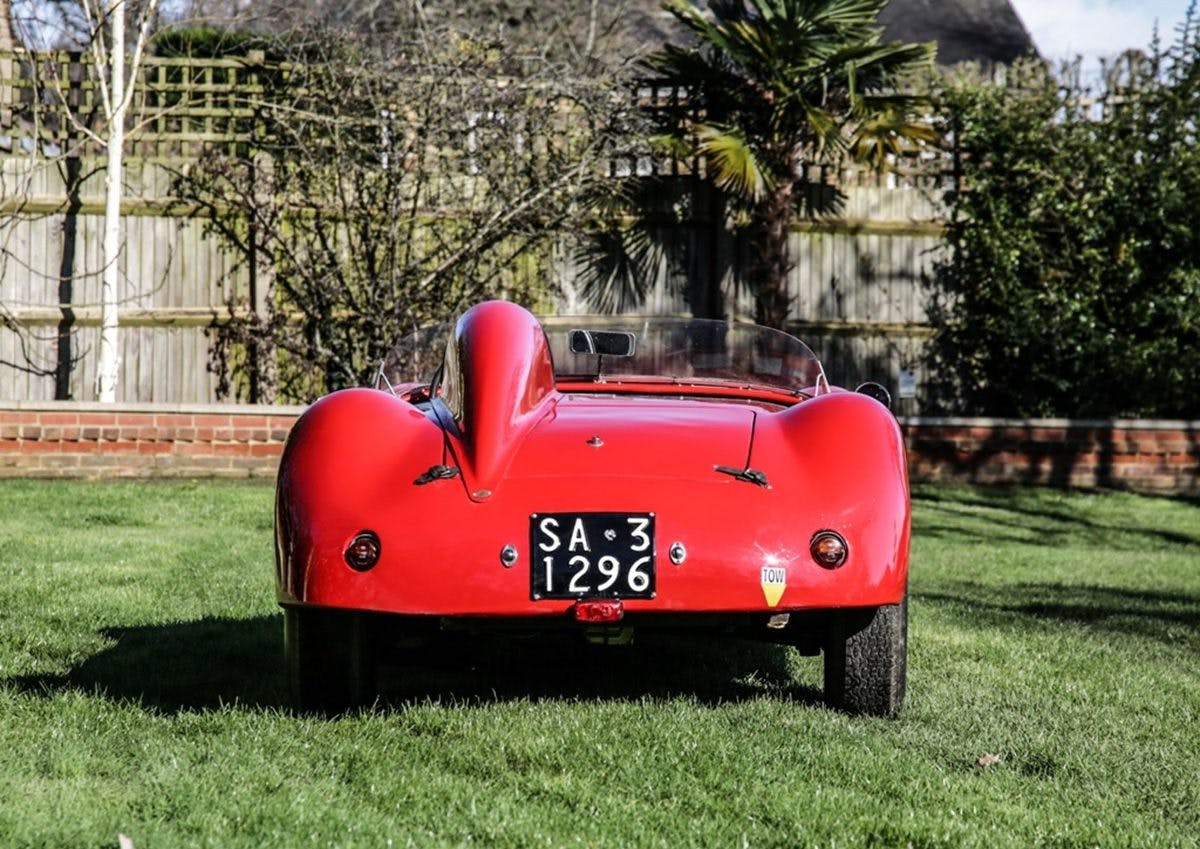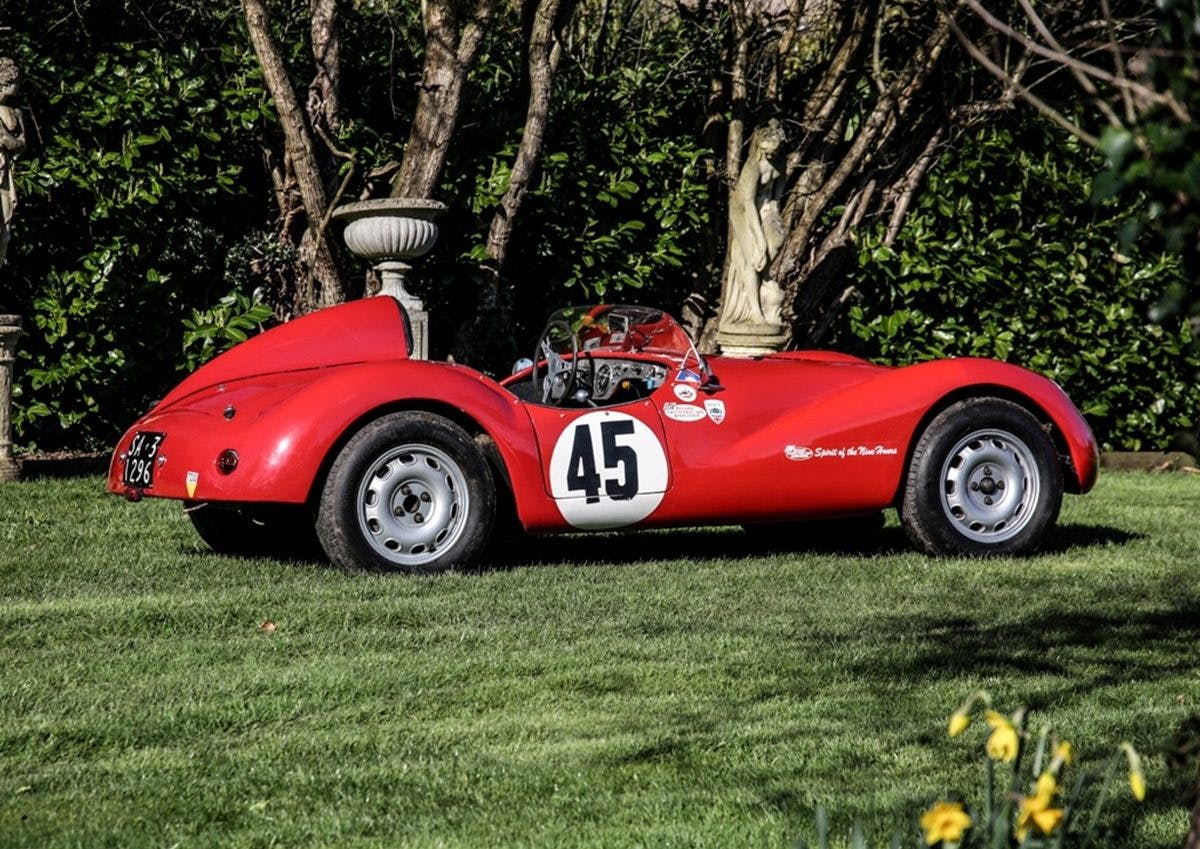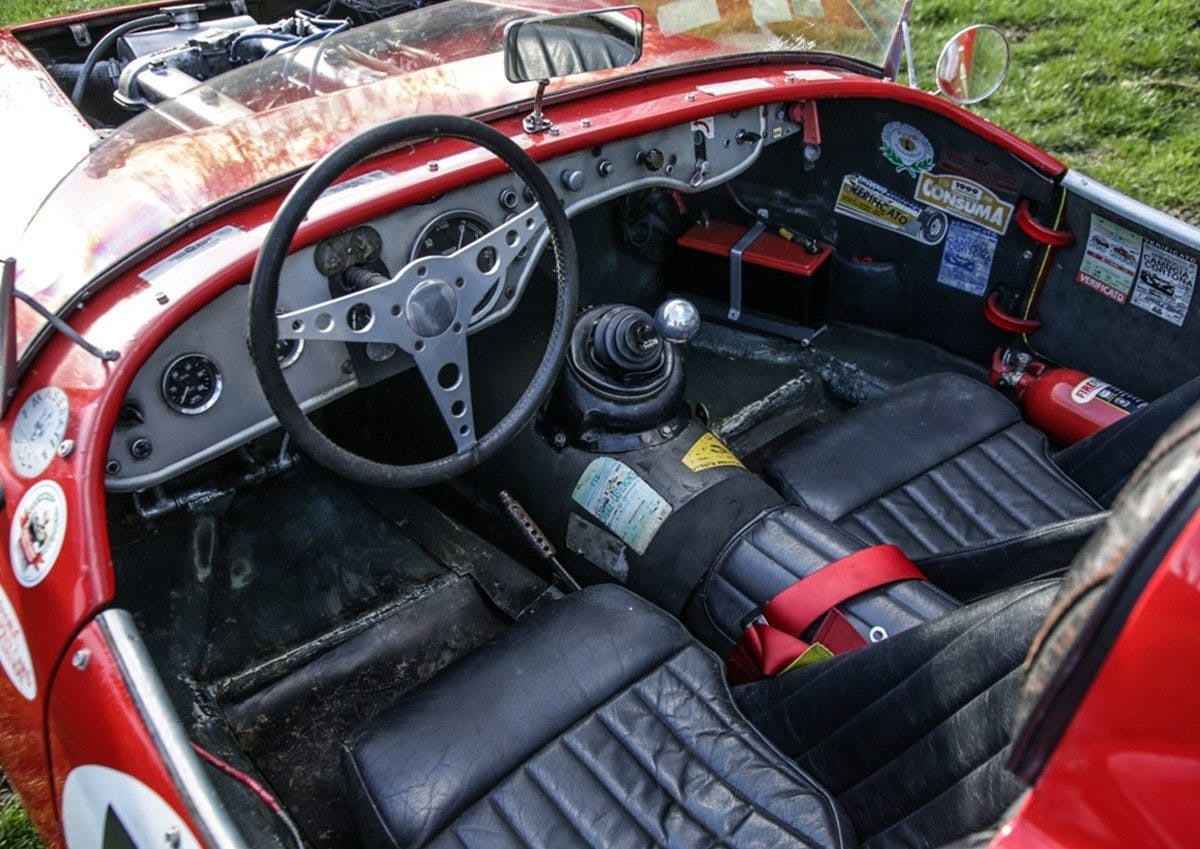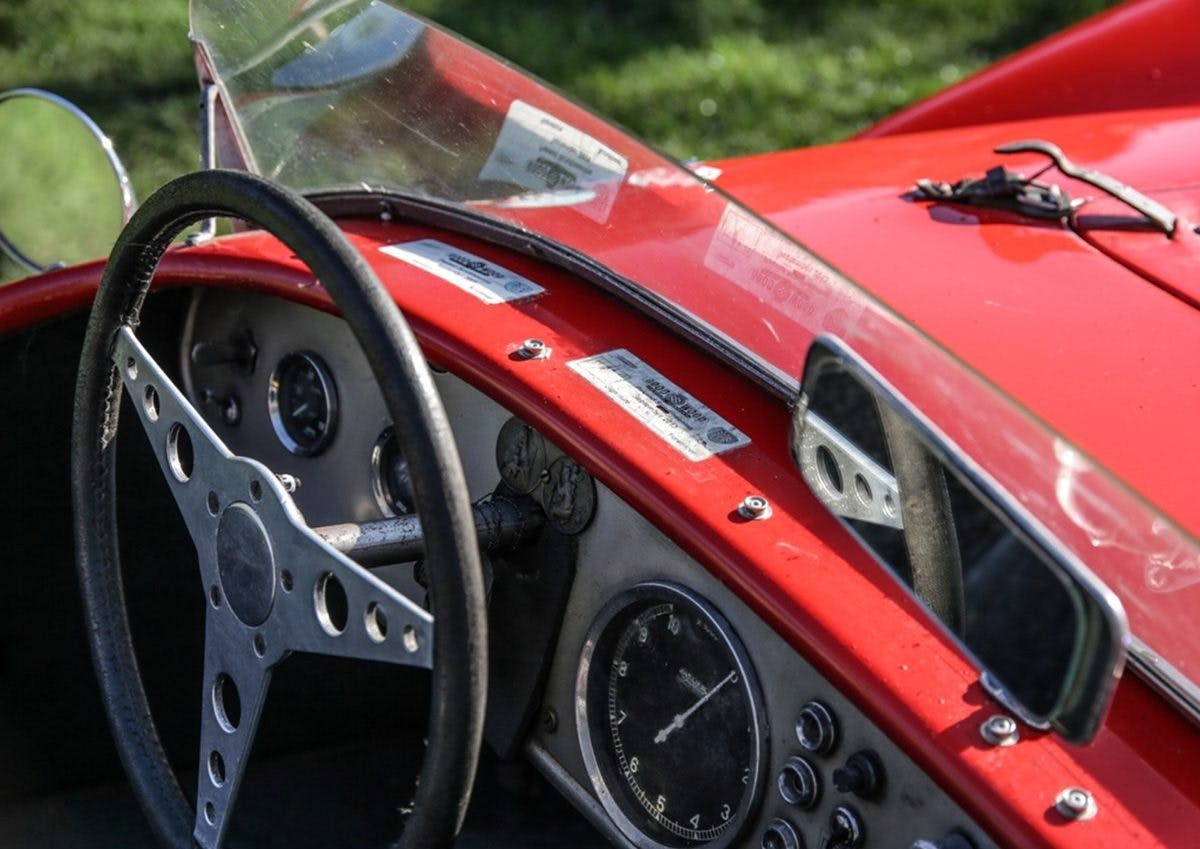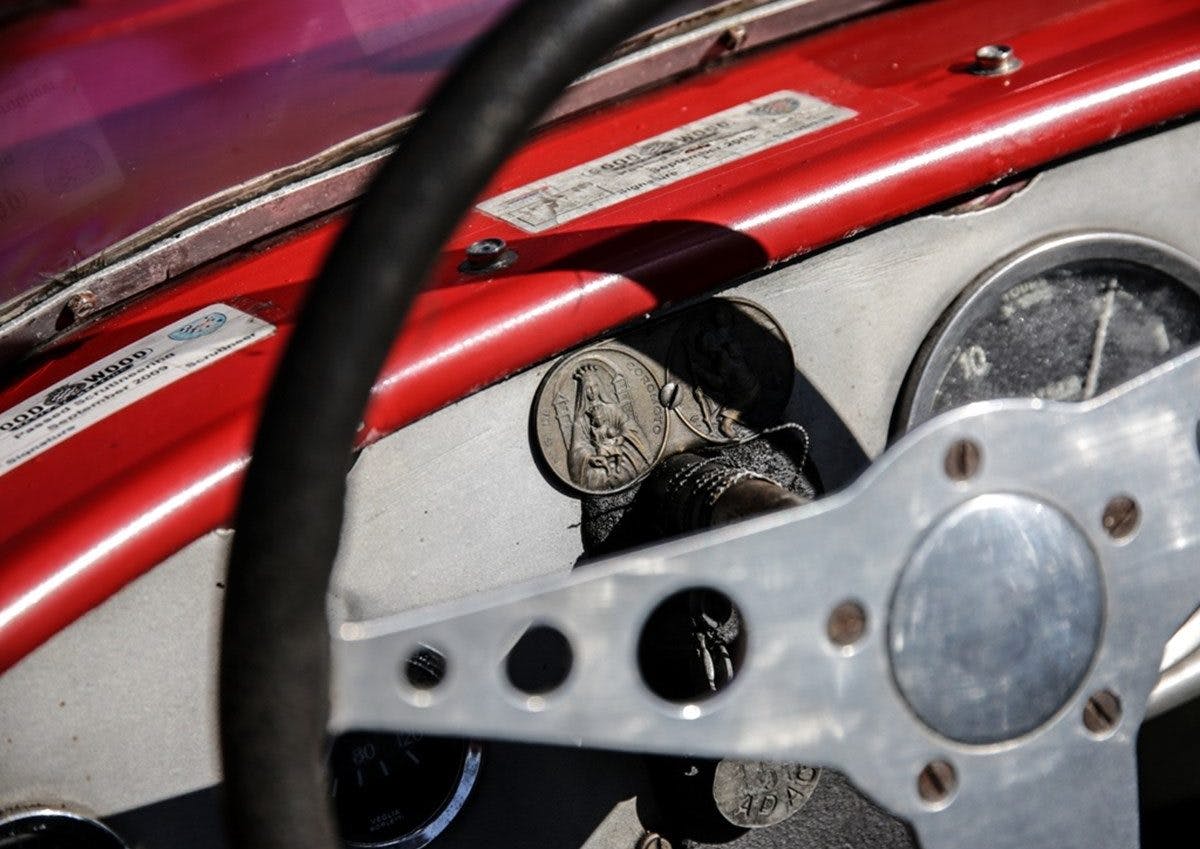Media | Articles
This OSCA MT4 is the Italian racer you never knew
The story of Officine Specializzate per la Construzioni di Automobili (OSCA) is a classic Italian tale of the strength of family. It begins with the Maserati brothers, Alfieri, Bindo, Ettore, and Ernesto in the 1920s, and the company to which they gave their name.
The brothers built up Maserati, created its legendary trident logo, and raced it to victory, with Alfieri taking honors at the 1926 Targa Florio. After Alfieri’s untimely death in 1932 the remaining brothers stuck together and worked on. Despite their best efforts the company needed further investment and they decided to sell up in 1937 to the Adolfo Orsi family. Enersto, Ettore and Bindo were contracted to remain with Maserati for ten years.
Of course they honored the agreement but as soon as the contract was up they set out on their own once more, forming OSCA in San Lazzaro di Savena near Bologna. Their first car the MT4 (Maserati Tipo 4) was originally designed to race in the 1.1-liter class, and won on its very first outing at the 1948 Grand Prix of Naples.
The MT4 would continue to be developed, the engine progressively increasing in capacity up to 1.5 liters as demonstrated by this 1953 example. Placing second in the Mille Miglia of that year this very car went on to compete in a further 29 races in Italy until 1961. It was rebodied in 1959 by Frua and fitted with a 1.6-liter Alfa Romeo DOHC engine and it continued its career in Italy with another 28 races. It has also raced internationally at historic events including Goodwood, Spa, Nürburgring, Dijon, and Portimao, giving it significant provenance.
It’s not the most famous of the OSCA stable, however. That honor goes to the Stirling Moss/Bill Lloyd/Briggs Cunningham car which swept aside Ferraris and Aston Martins on its way to victory at the 1954 12 Hours of Sebring.
Marketplace
Buy and sell classics with confidence
The Maserati boys continued to enter cars in Formula 1, Formula 2 and the World Sportscar Championship, and even partnered with Fiat to provide power for the little 1500S coupe and convertible. OSCA also joined forces with coachbuilders Fissore and Zagato for a handful of pretty road cars. In 1963 the brothers sold again, this time to Count Dominco Agusta (of MV Agusta fame). OSCA finally closed its doors in 1967.
Now up for auction by Historics Auctioneers at its Monaco Classique event on April 23, this significant but often-forgotten piece of Italian motorsports history is estimated to fetch up to $230,000.

